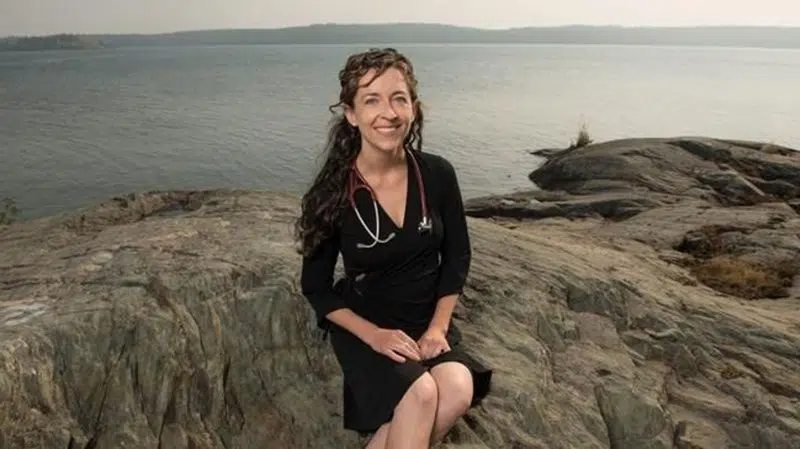
Canadian medical students call for better education on health and climate change
VANCOUVER — Canadian medical schools have not adequately addressed the urgent need for training related to planetary health and climate change, and members of the Canadian Federation of Medical Students say that must change.
The growing health effects of climate change, such as the spread of Lyme disease and heat-related deaths, mean medical students must be prepared, the students’ group wrote in a comment for the Lancet’s Planetary Health journal last week.
The medical journal has indicated previously that climate change could be “the biggest global health threat of the 21st century.”
“There is a fair amount of teaching already, but a lot of room for improvement,” said George Kitching, a third-year medical student at the University of Western Ontario. He is also the co-chair of the student federation’s health and environment adaptive task force, or HEART.

